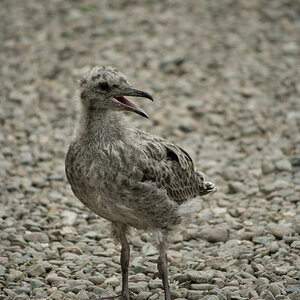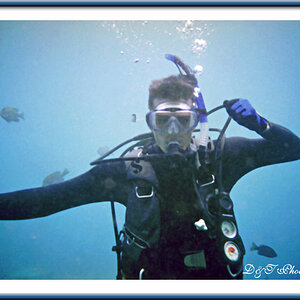Navigation
Install the app
How to install the app on iOS
Follow along with the video below to see how to install our site as a web app on your home screen.

Note: This feature currently requires accessing the site using the built-in Safari browser.
More options
You are using an out of date browser. It may not display this or other websites correctly.
You should upgrade or use an alternative browser.
You should upgrade or use an alternative browser.
The Red Cliff
- Thread starter abraxas
- Start date
- Joined
- Feb 1, 2004
- Messages
- 34,813
- Reaction score
- 822
- Location
- Lower Saxony, Germany
- Can others edit my Photos
- Photos NOT OK to edit
So this is what you saw when you woke up on the morning after the sunset hike?
So why is there partly red in amongst the more yellow or light brownish layers, do you happen to know? And why has precisely that structure remained, when all else eroded away?
So why is there partly red in amongst the more yellow or light brownish layers, do you happen to know? And why has precisely that structure remained, when all else eroded away?
hollyqie1984
TPF Noob!
- Joined
- Dec 10, 2008
- Messages
- 84
- Reaction score
- 0
- Location
- Shanghai China
- Can others edit my Photos
- Photos NOT OK to edit
not China's red cliff
prlaserbean
TPF Noob!
- Joined
- Mar 21, 2007
- Messages
- 83
- Reaction score
- 0
- Can others edit my Photos
- Photos OK to edit
Great shot, but there's one thing I would suggest that you try. To bring out the full might of those cliffs, try cropping out that bush. It does show foreground, but with a main subject like that you're diminishing from your subjects potential (in my opinion). Perhaps a 16X9?
mmcduffie1
TPF Noob!
- Joined
- Jul 5, 2008
- Messages
- 391
- Reaction score
- 0
- Location
- Tifton, GA
- Website
- www.colorcrayon.com
- Can others edit my Photos
- Photos NOT OK to edit
Nice shot. I'm torn about the foreground though. I'm not sure if I like that much or not.
Coldow91
TPF Noob!
- Joined
- Sep 14, 2007
- Messages
- 1,370
- Reaction score
- 0
- Location
- USA
- Can others edit my Photos
- Photos OK to edit
I like this shot! I could see it working with and without the foreground. It might just be me but I see a small amount of distortion in this shot, and the SKY is AwEsome it contrast the red really well
fightheheathens
TPF Noob!
- Joined
- Aug 1, 2005
- Messages
- 1,011
- Reaction score
- 3
- Location
- Berkeley
- Can others edit my Photos
- Photos NOT OK to edit
Is that Red Rocks near Las Vegas?
abraxas
No longer a newbie, moving up!
- Joined
- Aug 15, 2006
- Messages
- 10,417
- Reaction score
- 9
- Can others edit my Photos
- Photos NOT OK to edit
So this is what you saw when you woke up on the morning after the sunset hike?
So why is there partly red in amongst the more yellow or light brownish layers, do you happen to know? And why has precisely that structure remained, when all else eroded away?
This is actually before the twilght hike. I went around to the left of the formation and walked up on the talus to catch some of the ambient light and clouds behind me in this shot.
The formation, and I'm just guessing here, probably stands from being pushed up from two of the major faults defining three geomorphic provinces that come together here; the Garlock Fault which defines the northern boundary of the Mojave Desert and the southern boundary of the Basin and Range, and the eastern Sierra frontal fault which separates the desert regions from the Sierra Nevada region.
There has been some volcanic activity in the area over the sandstone according to the crummy info on my curent Red Rock pages;
Geology
The geologic story of Red Rock Canyon is told by its unique rock formations. Layers of red and white sediments, creating the accordion-like folds in the cliff faces, are capped with a harder, more resistant black basaltic rock or pink volcanic tuff. These sedimentary and igneous layers were deposited in an ancient inland lake and valley millions of years ago and have subsequently been lifted by the Garlock, El Paso, and Owens Valley faults. Streams and rivers have carved the canyon that we see today with its colorful cliff faces. The red coloring between the layers is an iron oxide (rust) staining.
Note, that the El Paso fault is sort of secondary to the Garlock fault.
Red Rock Canyon - Mojave California
Garlock Fault
This one shows the basic fault system
Earthquake Faults: Mojave Desert Geology
I'll know more about the forces and erosion at work on the composition or natural history of the formation at the end of April. I like to know as much as I can about what I'm getting into during the symposiums I attend. Somebody has to ask the stupid questions, and I do my best to be at the front of that line. The people that lead these trips are top dogs in thier field.
There's some cool human history in this area. The story that comes to mind right off is about a stagecoach that was caught in a wash behind me maybe 1/4 a mile when a flash flood came roaring through around 120 years ago. Over 200 pounds of silver ingots were lost in the sand. About 20 pounds were found in the 1960s, but there's still plenty out there--somewhere. Can't dig for it though it being a State park and all
The plant is a four-leaved atriplex (cattle spinach). I like it, that's why I included it in the composition. Note the dull little pink flowers at the top. Very low key, very appealing to me. Not good to eat, but little desert rats like to nibble at them. Usually one can find a rat hole in the little hummock they grow in. During the day lizards like to run into the rat holes to hide from me. They don't like to go too far in because some of the rats will eat 'em. Poor lizards- It's all about the bad guys.
The distortion is good with me also. I'm a bit distorted myself
Sandstone, I believe usually indicates ancient sea or lake beds. Over these volcanoes errupted and since the lava has eroded away leaving some beautiful rimrock at the top of some of these formations. I think I have some examples of this in the photos I took the next morning (which I haven't got to yet). I didn't do any hiking up to the tops of some of the hills, but I did drag all my junk back into one of the canyons about a mile the next morning. Hope I got something good.
I don't know if I mentioned it in another thread, but these photos are being taken for a presentation at the symposium/conference I brought up. Something like the desert through a photographer's eye maybe. It should be interesting. I just have to remember not to talk like I think I know something.
Thanks for the comments everyone!
sabbath999
No longer a newbie, moving up!
- Joined
- Apr 11, 2007
- Messages
- 2,701
- Reaction score
- 71
- Location
- Missouri
- Can others edit my Photos
- Photos OK to edit
abraxas
No longer a newbie, moving up!
- Joined
- Aug 15, 2006
- Messages
- 10,417
- Reaction score
- 9
- Can others edit my Photos
- Photos NOT OK to edit
Very cool- Thank you!!!
abraxas
No longer a newbie, moving up!
- Joined
- Aug 15, 2006
- Messages
- 10,417
- Reaction score
- 9
- Can others edit my Photos
- Photos NOT OK to edit
Very nice. I like the foreground.
Thanks. Believe it or not, I was thinking it looked like a 'Tiny Sedona.'
Similar threads
- Replies
- 3
- Views
- 680
- Replies
- 10
- Views
- 184


![[No title]](/data/xfmg/thumbnail/34/34142-948c6bafdf60862125009004d5a06e46.jpg?1619736315)

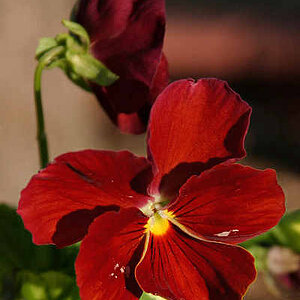
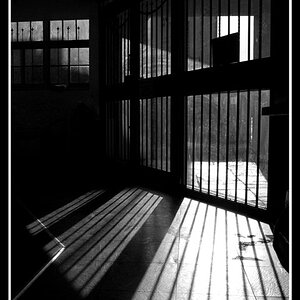
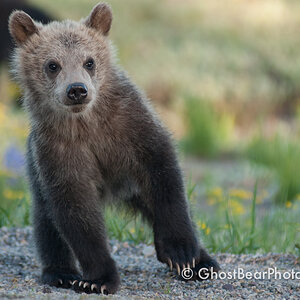
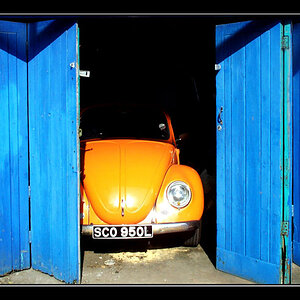
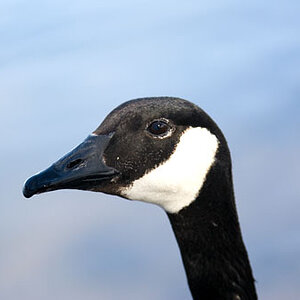
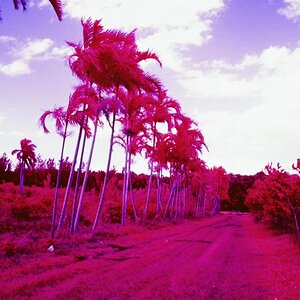
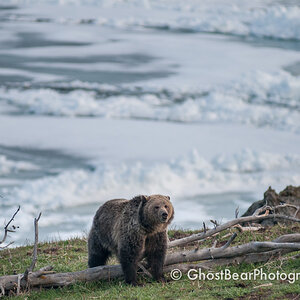
![[No title]](/data/xfmg/thumbnail/41/41779-303c41fcb3e37507cbe986d76dbfcf85.jpg?1619739890)
